When All You Want is a Pink House
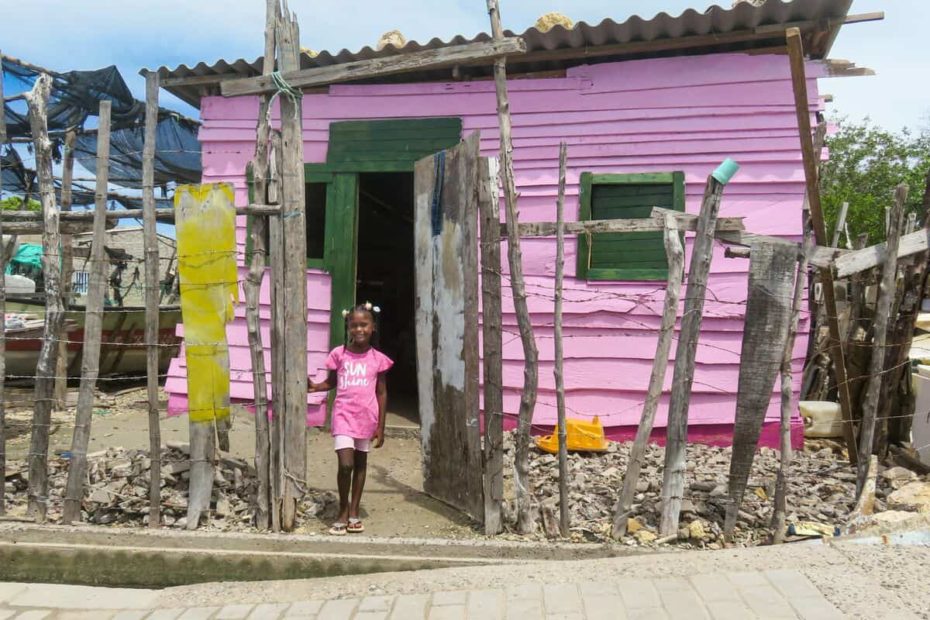
After her family was evicted from their home, 5-year-old Deneilis shared a two-bedroom home with 11 other people. Her family had to wait for their relatives to go to bed before they could pull out old mattresses and sleep on the living room floor.
Since the pandemic hit their island community in Colombia, jobs had become scarce. Her father looked for work every day but came home empty-handed all too often. Soon, hunger and stress took their toll on the family.
A Beautiful Orphan Story: Finding Jesus After Trauma
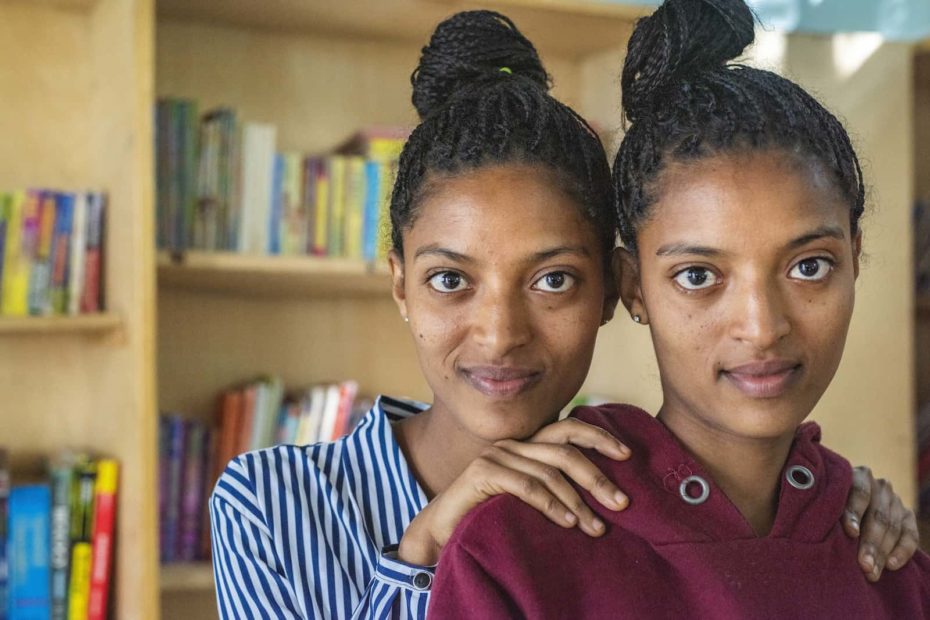
This story of twin orphans will break your heart, while also reminding you of the love, beauty and hope in the world. “We are stronger than ever.”
Continue Reading ›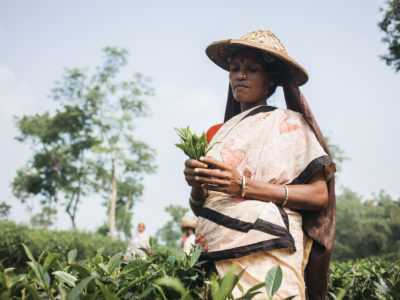
Who Makes the Most Popular Drink in the World?
Can you guess what the most popular drink in the world is? Here’s a hint: Thousands of Compassion-assisted families work to produce it as a livelihood. But working to produce the world’s favorite drink often doesn’t provide enough for a family’s basic necessities. Learn more about the lives of these families and how sponsorship is breaking the generational cycle of poverty.
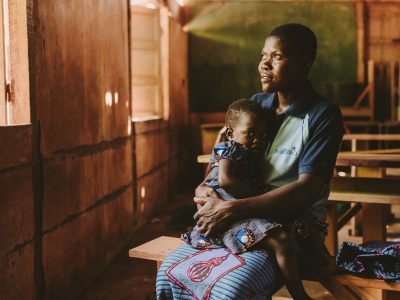
How Does Compassion Protect Sponsored Children From Abuse?
We are passionate about ensuring that children in poverty are known, loved and protected. Therefore, child protection is foundational to our ministry. That’s why we have developed, and continue to develop, robust training, policies and networks to both prevent and respond to abuse.
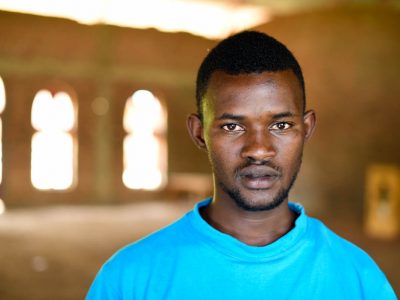
What Does an Orphan Desire the Most?
A tragedy at infancy plunged Mutabazi into a life of uncertainty and fear. “I learned that my mother died two months after I was born and shortly after my father was poisoned by a neighbor,” he recounts. This unimaginable crime changed the course of Mutabazi’s life and that of his three elder siblings.
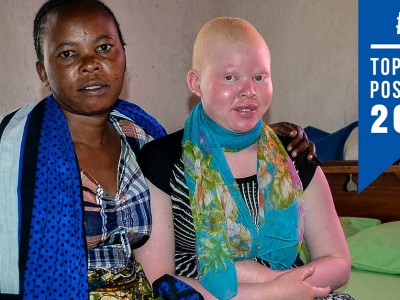
Albinism in Tanzania: Saving Grace
Being born with albinism in Tanzania can be dangerous. Thought to possess magical powers, people with albinism have been hunted and killed for their body parts. This is Grace’s story.
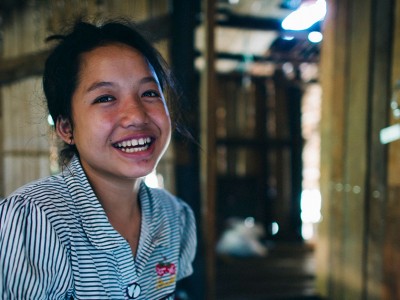
The Potential of an Adolescent Girl
Abandoned by their parents, 14-year-old Larpopo had become the head of her household and four siblings. When a fire burned down their bamboo hut, Larpolo wasn’t sure how her or her siblings would recover from such a devastating loss.
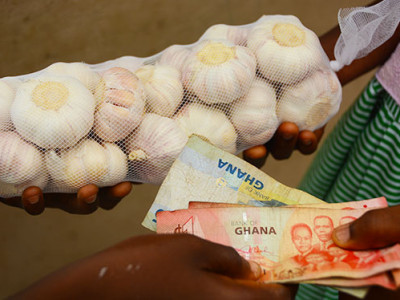
Gaining Financial Independence through the Highly Vulnerable Children Fund
Gladys is the single mother of five children from two marriages. Both of her husbands passed away and she has single-handedly toiled to take care of her children. She tried selling all kinds of things, from secondhand clothing and dishes to vegetables and fried doughnuts. Even though two of her children, Paulina and Michael, were enrolled at a Compassion Child Development Center in Ghana, there was still not much relief. So Paulina was selected to receive aid from our Highly Vulnerable Children’s Fund.
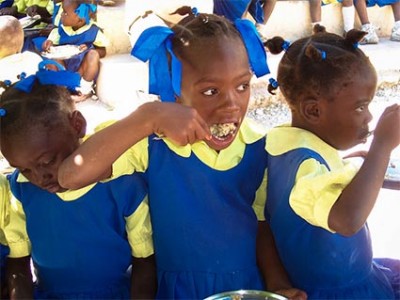
Nutrition and the Potential in Children
The importance of nutrition is clear: Proper nutrition means better health, the ability for children to concentrate and learn in school, and the needed energy for people to work and earn an income.
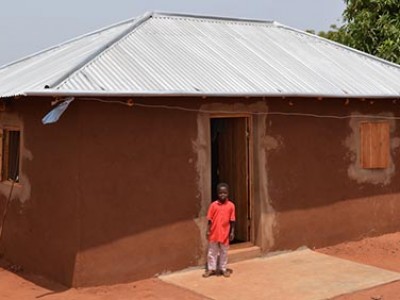
A New Home for Emile
Emile faces great challenges in life. He lives in a hut, in the heart of the bush, far from the nearest village. His room has palm branch walls and a straw roof, which leaks during rainy season.
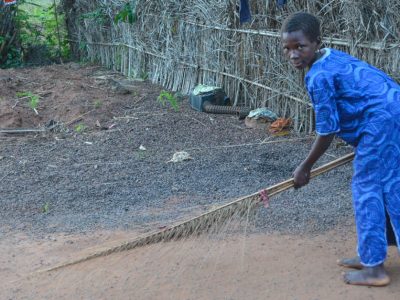
What Happens When a Child Isn’t Sponsored?
When someone stops sponsoring a child, the Unsponsored Children’s fund fills the gap so that children can continue to receive support until a new sponsor is found. For 9-year-old Happy, this fund helped save her life.
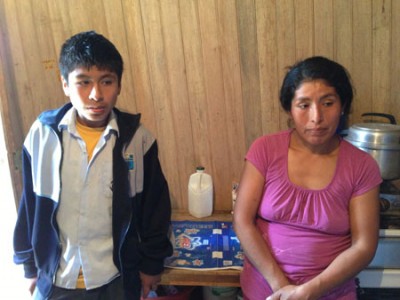
What Distinguishes a Child as Highly Vulnerable?
Highly vulnerable children are considered at greater risk compared to their peers in our Child Sponsorship Program. The Highly Vulnerable Children’s Fund steps in when there is a need cannot be covered by monthly sponsorship funds.


